10 Fastest American Cars Ever Made
The American auto industry is in an era some people call the second coming of the golden age of vehicle production. The sheer power of muscle cars that once shook American highways during the 1960s and 1970s is reborn with contemporary technologies and designs. Many American-made vehicles in production today compete with or are even superior to the supercars from European master mechanics.
So, what are the fastest American cars ever made? Well, the term “fastest cars” in relation to vehicle speed can be considered several ways. First, the term “fastest cars” could relate to a vehicle’s acceleration speed. Acceleration speed is how quickly a vehicle can travel from 0 miles per hour (MPH), or resting, to another predetermined speed—usually to 60 MPH.
Second, the term “fastest cars” could refer to a vehicle’s potential top speed. A vehicle’s potential top speed can be defined as the maximum speed a vehicle could achieve under any operating condition.
Finally, the term “fastest cars” could relate to a vehicle’s sustainable top speed. A vehicle’s sustainable top speed refers to how fast a vehicle can travel at a constant rate without damaging its mechanical integrity.
American auto manufacturers produce their vehicles with safety and integrity in mind. American vehicle manufacturers integrate speed governors into their vehicles for the benefit of the vehicle’s equipment and the consumer’s investment. For example, if a car’s tires are speed tested to handle 200 MPH, then the vehicle’s speed governor will be calibrated to prevent that car from exceeding 200 MPH. Therefore, many of the fastest manufactured cars in America have potential top speeds greater than their factory calibrated sustainable top speeds.
We have compiled a top ten list that focuses on the fastest manufactured American made cars of all time that have sustainable tops speeds and maintain a street-legal status. Where there are discrepancies between models with similar sustainable top speeds, acceleration speed is also considered.
There are many privately built and customized vehicles in America. There are also many unique American-made vehicle prototypes that could leave the fastest manufactured vehicles in a cloud of burnt rubber. These vehicle types will not be considered on this list.
Here are the top 10 fastest street legal, sustainable speed, American-manufactured cars ever made:
10. Tesla P90D
Although the Tesla P90D is among many vehicles with a 155 MPH sustainable top speed, it is a noteworthy way to start the list because of its sheer internal power. The P90D packs an impressive 762 horsepower under the hood. Surely, without a speed governor, this 762-horsepower beast could go much faster.
However, the P90D is one of the most luxurious fastest American cars, and it is also among the very fastest when considering acceleration speed. The P90D’s acceleration speed is an awesome 0-60 MPH in just 2.8 seconds. This may not be the fastest sustainable speed car made in America, but it is competing with the top 3 for quickest acceleration speed.
9. Ford Shelby GT350
This Mustang has a sustainable speed of 180 MPH. Unlike its predecessors, however, the Shelby GT350 provides its driver several advantages. First, the vehicle’s handling has been significantly improved since earlier Shelby models. The car was also lightened by removing the rear seat and air conditioner. Also, the wheels are not made from carbon fiber. Considering these new features, combined with the vehicle’s 526 horsepower V8 engine, the GT350 can make 0-60 MPH in just 3.9 seconds. It is proudly produced in Flat Rock, Michigan.
8. Chevrolet Camaro ZL1
The supercharged 650 horsepower V8 in the Camaro ZL1 has a sustainable speed of 184 MPH. Overall, the Ford Shelby GT350 is widely considered a superior vehicle. However, an updated version of the ZL1 is expected sometime in 2017. This updated ZL1 is expected to compete with the GT350 for best overall muscle car for sheer power and overall value.
Where sustainable top speed is concerned, the ZL1 still beats the GT350 by a few MPH. It also slightly edges out the Shelby in acceleration speed, making it from 0-60 in just 3.5 seconds. This is another American-made beast assembled in Michigan.
7. Chevrolet Corvette Z06
Chevrolet has always been a top competitor when it comes to American sports cars, and the Corvette Z06 helps prove their worth. Although some Corvettes from Chevrolet’s past broke the iconic 200 MPH mark, the Z06 keeps its sustainable top speed at a comfortable 185 MPH.
What makes this model special, compared to its antiquated predecessors, is its refined design and 650 horsepower V8 engine. The 0-60 acceleration speed of only 2.95 seconds testifies to the massive power of this vehicle and helps assure its place as the 7th fastest sustainable speed American-made vehicle of all time.
6. Dodge Hellcat Challenger
Many believe Fiat Chrysler automobiles outdid themselves with the creation of the Dodge Hellcat Challenger. Not only does this vehicle look like a contemporary version of golden age muscle cars, but it also houses an enormous 707 horsepower supercharged V8 for less than 60,000 dollars.
The Hellcat Challenger comes in at number 6 of America’s fastest cars ever made because of its sustainable top speed of 199 MPH and 0-60 acceleration speed of 3.9 seconds. The Hellcat is unique because it is also available with an automatic transmission, which increases the acceleration speed to 3.6 seconds.
5. Equus Bass 770
Another powerhouse from the state of Michigan, this 640-horsepower sports car was revealed in 2014 and can maintain a sustainable top speed of 200 MPH. The Equus Bass gained a reputation not only for its speed and overall power but, also, for its design. Its design combines classic elements of the ‘67 Mustang Fastback, the ‘68 Camaro, and the ’71 Plymouth Satellite. The Bass 770 can accelerate from 0-60 in just 3.4 seconds.
4. Cadillac CTS-V
Cadillac has a reputation for combining quality, luxury, and power. Known as “the four-door Corvette” among auto enthusiasts, the Cadillac CTS-V achieves a sustainable top speed of 200 MPH. The Plymouth Superbird was also a contender for the number 4 spot, but it got pushed out because of this Cadillac’s acceleration speed. The CTS-V’s 640 horsepower supercharged V8 allows it to go from 0-60 MPH in only 3.7 seconds, also making in one of the fastest sedans on the market.
3. Dodge Hellcat Charger
If you like fast sedans, then you’ll love the Dodge Hellcat Charger. The Hellcat Charger is American made but is the fastest manufactured sedan in the world. With a sustainable top speed of 204 MPH and an acceleration speed of 0-60 in 3.7 seconds, this car just edges out the Cadillac CTS-V for the number-three fastest American car ever made. Housing a 707-horsepower engine under the hood, it’s not hard to see why.
2. Dodge SRT Viper
This massive 645 horsepower V10 engine can safely propel the Dodge Viper SRT at a sustainable top speed of 206 MPH. The SRT also has one of the fastest acceleration speeds of any American-made vehicle: 0-60 in 3.0 seconds. This vehicle is a testament to Dodge’s devotion to extraordinary sports car design and manufacturing, and it is another victory for Michigan automotive manufacturing since it is assembled in Detroit.
1. Hennessey Venom GT
The Hennessey Venom GT is the king of American-made sports cars. Although not as widely produced or affordable as many of the other cars on this list, the Hennessey Venom has the fastest sustainable top speed of any car in the world: 253 MPH (it can reach 270 MPH), and it has a 1,244 horsepower Twin Turbocharged V8 under the hood.
The 1,200 horsepower can propel this vehicle from 0-60 in just 2.7 seconds, and it can accelerate from 0-200 MPH in just 14.5 seconds. This car is proudly manufactured at Hennessey Performance Engineering in Texas.
Find any of these cars for sale right here at ACC- Start a New Search
And be sure to check out ACC Auctions – 7 Day Online Auctions for Classic Cars!











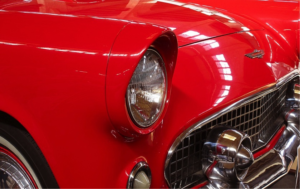
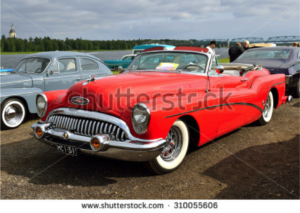
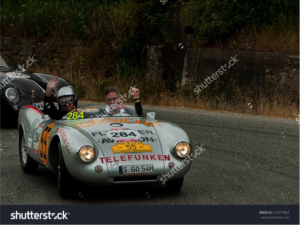
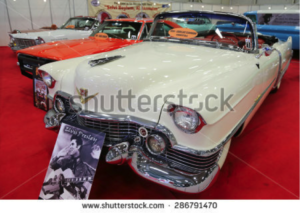
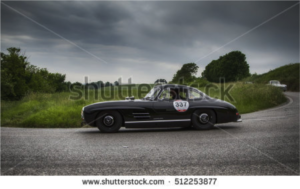
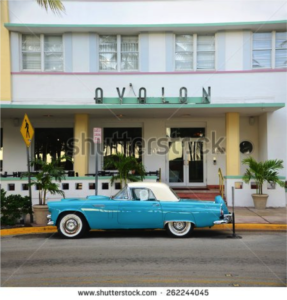










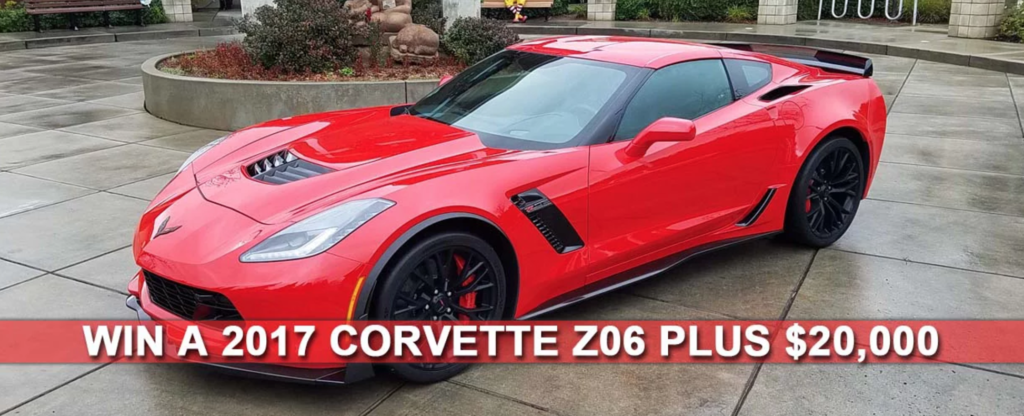
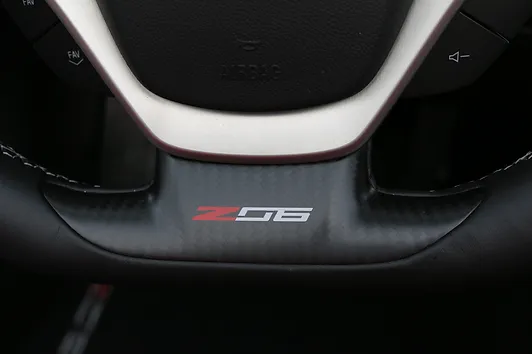


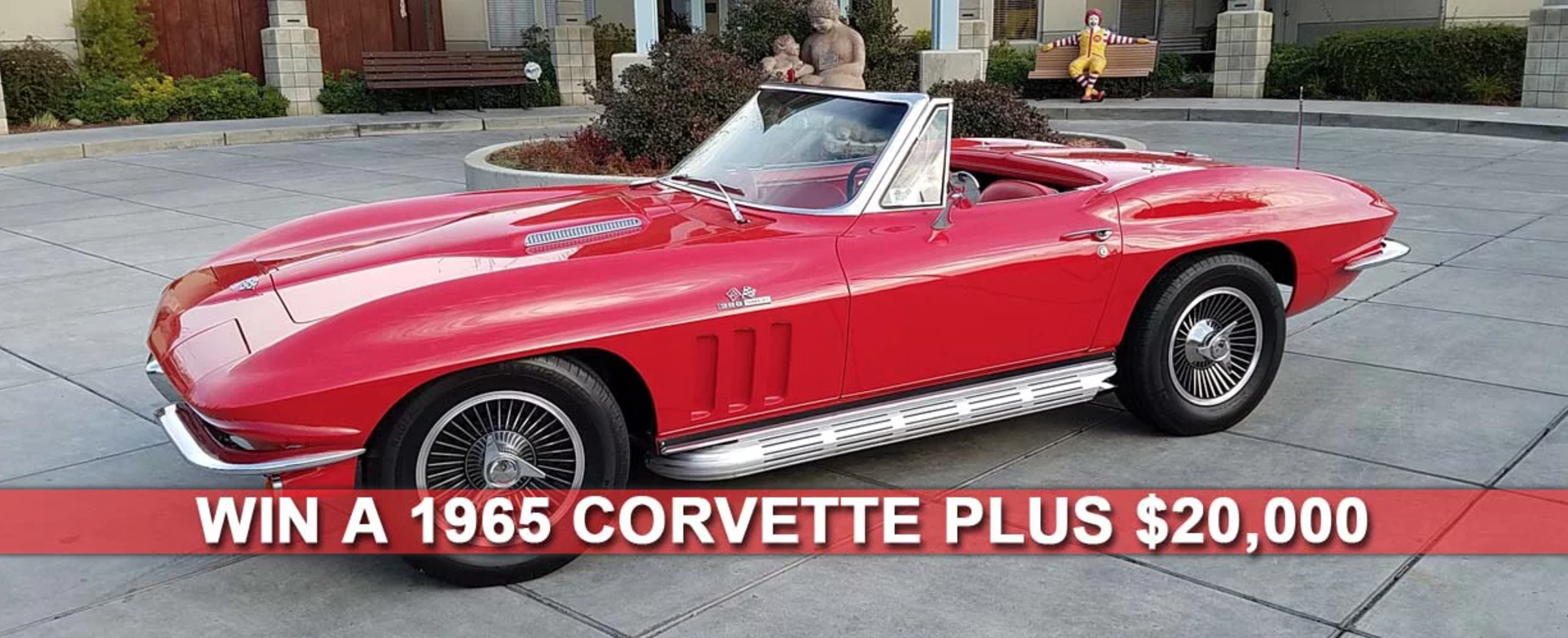




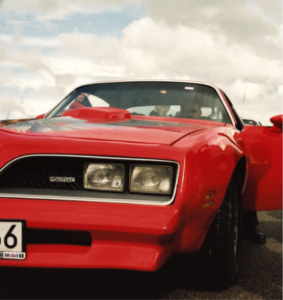
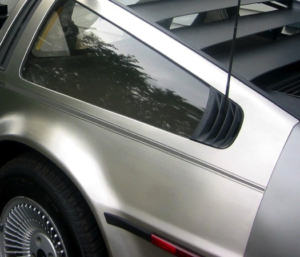
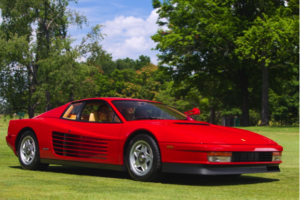

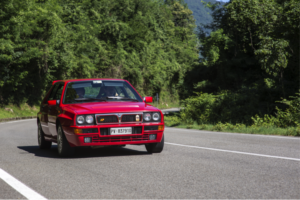
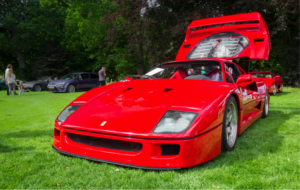
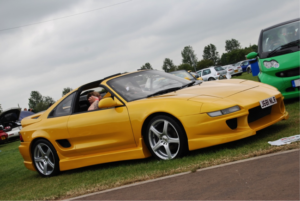



You must be logged in to post a comment.